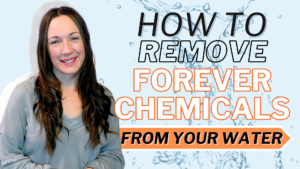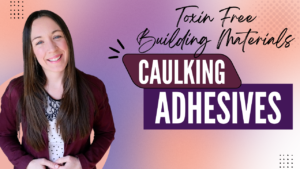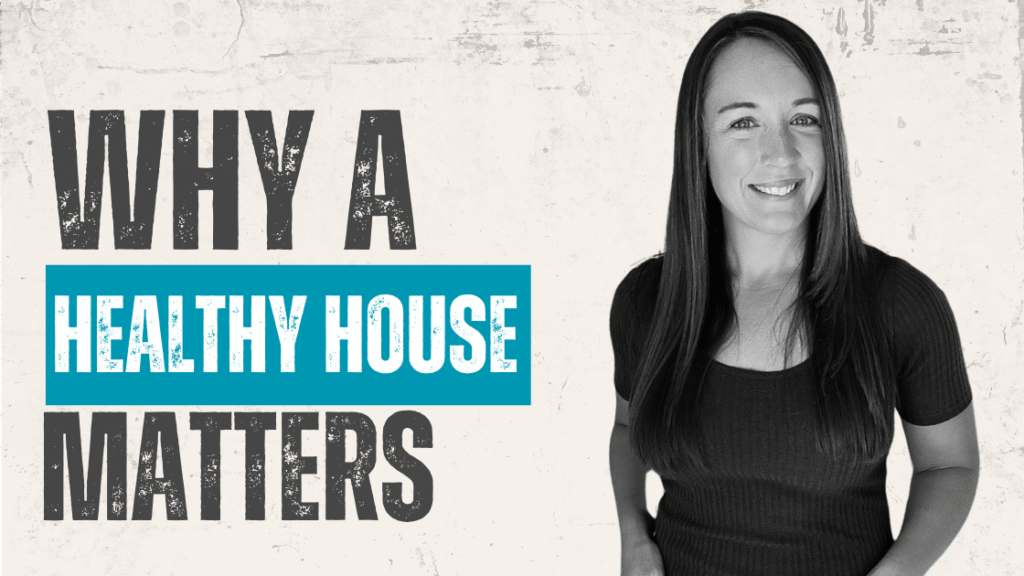
A healthy house is more than just clean floors and fresh paint. It’s about the air you breathe, the materials surrounding you, and the unseen environmental factors that impact your health every single day. When you understand how to create and maintain a healthy house, you’re investing in your family’s long-term wellness and quality of life.
Indoor environments can actually be more polluted than outdoor air—sometimes up to 2–5 times higher, according to the U.S. Environmental Protection Agency (EPA). Since most of us spend over 90% of our time indoors, your home environment plays a massive role in your long-term health. This makes the concept of a healthy house not just desirable, but essential for modern living.
The Hidden Dangers Lurking in Homes
Here’s what science says about the most common indoor hazards and why they matter for your healthy house goals.
1. Mold and Moisture Problems
The Issue: Leaks, damp basements, high humidity, or poor ventilation allow mold to thrive. Even small amounts of moisture behind walls or under floors can create the perfect breeding ground for harmful microorganisms.
The Risk: Emerging evidence shows that high indoor moisture, dampness, and mold in water-damaged homes are linked not only to allergies but to broader systemic harms. Epidemiological studies report increased odds of depression and anxiety in people living in damp or musty homes (for example, adjusted odds ratios in some studies range from about 1.3 to 1.8 for depression and over 2.0 for anxiety). PubMed+1 Mechanistic and clinical research indicates that mold and mold-derived compounds can trigger persistent immune activation and pro-inflammatory signaling, sometimes producing autoantibodies or immune dysregulation that may worsen chronic inflammatory and autoimmune conditions. PMC+1 Several human case reports and preliminary studies also link water-damaged buildings to neurobehavioral and neurologic problems — including memory and attention deficits, sensory-motor neuropathies, and mood or sleep disturbances — while controlled animal studies show mold inhalation can cause neuroinflammation and changes in brain regions involved in mood and memory. Together these findings suggest that mold’s effects can extend well beyond the lungs to mood, cognition, immune resilience, and nerve health — though research is still evolving and individual susceptibility varies. PubMed+1
Healthy House Fix: Keep indoor humidity between 30–40% using a hygrometer to monitor levels. Repair leaks within 24-48 hours to prevent mold growth, and use bathroom/kitchen fans during and for 30 minutes after use. Consider installing a whole-house dehumidifier in consistently humid climates, and ensure proper attic and crawl space ventilation.
Pro Tip: Look for early signs of moisture problems like condensation on windows, musty odors, or discolored patches on walls and ceilings. Address these immediately to maintain your healthy house standards.

2. VOCs and Chemical Off-Gassing
The Issue: Volatile Organic Compounds (VOCs) are emitted from paints, new furniture, flooring, adhesives, cleaning products, and manufactured building materials. Off-gassing from new carpets, cabinetry, particleboard, and sealants can last for months or even years after installation.
The Long-Term Risks: While acute effects like headaches, respiratory irritation, and “sick building syndrome” are well documented, exposure over months and years is increasingly tied to more serious systemic changes. Studies show VOCs can contribute to chronic inflammation, immune dysregulation (including shifts that may predispose to autoimmune disease), endocrine disruption (altered hormone function, reproductive harm, infertility), and even accelerated biological aging. For example, elevated urinary levels of certain VOCs have been linked to nearly doubling the odds of infertility in women of reproductive age, and mixed VOC exposure has been associated with an OR ≈ 1.52 for biological aging compared to lower exposures. Animal studies show VOC exposure alters hormone receptor activity, disrupts ovarian development, and suppresses immune responses via oxidative stress and changes in dendritic cell and cytokine function.
Healthy House Fix:
- Use zero-VOC paints, finishes, adhesives, and flooring materials where possible.
- Choose furniture made from solid, non-volatile composites instead of particleboard, MDF, or materials treated with flame retardants or formaldehyde resins.
- Air out new materials (in a garage, outdoor shelter, or under strong ventilation) for several days before bringing them indoors.
- Use natural cleaning products (vinegar, baking soda, castile soap) rather than scented or heavily chemical-based cleaners.
Additional Solutions:
- Install activated carbon air filters or VOC-specific media in air purifiers to capture gaseous chemicals.
- When buying furnishings or building materials, seek certifications like GREENGUARD Gold, OEKO-TEX Standard 100, EPA’s Safer Choice, or others that limit chemical emissions.
- Maintain good ventilation (mechanical or natural) continuously; avoid sealing homes so tightly that VOCs build up.
3. Indoor Air Pollution and Gas Stoves
The Issue: Poor ventilation, cooking with gas, burning candles, and outdoor pollutants infiltrating your home all contribute to ongoing indoor air pollution. Gas stoves and other combustion appliances don’t just affect your lungs in the moment — they emit a cocktail of nitrogen dioxide (NO₂), carbon monoxide, formaldehyde, benzene, fine particulate matter (PM₂.₅), and other volatile organic compounds (VOCs) that linger in the air long after the flame is off.
The Long-Term Risks: Chronic exposure to these combustion by-products has been linked not only with exacerbations of asthma, but with more serious, lasting health problems. Research shows NO₂ exposure from gas stoves is associated with decreased lung development in children, early mortality, and may raise the risk of chronic obstructive pulmonary disease (COPD), heart disease, and even certain cancers. PMC+3Stanford News+3Harvard Public Health+3 Benzene emitted during gas cooking has been found at levels comparable to secondhand smoke and is a known carcinogen (linked to leukemia). PSE Healthy Energy+1 Over time, repeated inhalation of formaldehyde, VOCs, and fine particulates contributes to systemic inflammation, oxidative stress, and may impair immune function — making the body less able to respond to infections or heal properly.
Healthy House Fixes:
- Always use a vented range hood that exhausts outdoors (not a recirculating hood), and ensure it’s properly maintained.
- Open windows or use mechanical ventilation when cooking, especially with gas, to flush out pollutants.
- Use a HEPA air purifier in kitchens and frequently used living or sleeping areas to capture particulates and VOCs.
- Minimize use of open flames (candles, oil lamps, etc.), and avoid frequent use of synthetic air fresheners or heavily scented candles, which add additional chemical insults.
Bonus Tips:
- If replacing a gas stove becomes possible, consider non-combustion electric options that provide clean cooking without the emissions from gas.
- Regularly clean surfaces, walls, and ceilings near cooking areas because many harmful particles settle and then re-aerosolize.
- Monitor indoor humidity and temperature: higher humidity promotes chemical reactions and increases the persistence of certain pollutants.
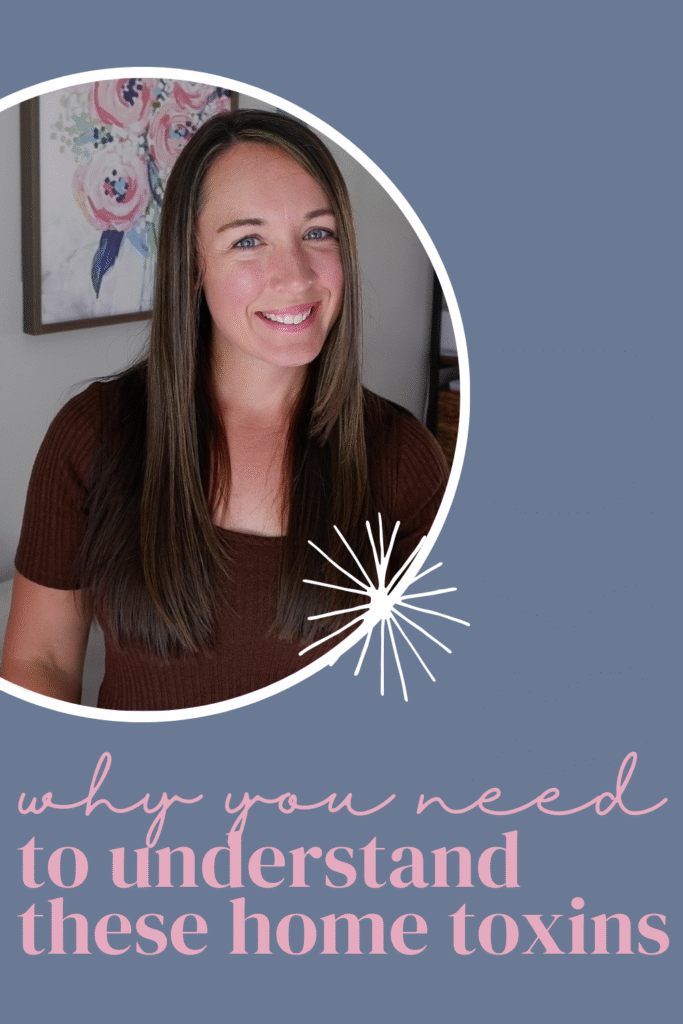
4. Radon Exposure
The Issue: Radon, a naturally occurring radioactive gas, seeps into homes through foundations, crawl spaces, and even well water. It’s colorless and odorless, making it impossible to detect without proper testing.
The Risk: Radon is the second leading cause of lung cancer in the U.S. after smoking, according to the EPA. The risk is particularly high in basements and lower levels of homes, and it affects both smokers and non-smokers.
Healthy House Fix: Test your home with an affordable radon kit (available at hardware stores for $15-25) or hire a certified professional. If levels are above 4 pCi/L, install a mitigation system that vents gas safely outdoors. This is a critical step that no healthy house should skip.
Important Note: Radon levels can vary significantly even between neighboring homes, so testing is essential regardless of your area’s general radon risk level.
5. Allergens and Dust
The Issue: Dust mites, pet dander, pollen, and typical allergens collect in carpets, bedding, upholstery, and inside HVAC systems. But dust is more than allergens: it’s also a cocktail of toxic chemicals (phthalates, flame retardants, bisphenols, PFAS, biocides, etc.) and microbial or organic components. Normal activities (walking, vacuuming, handling soft surfaces) stir this mix and make particles airborne.
The Risk: Besides the well-known allergy and asthma triggers, toxic dust is increasingly linked to endocrine disruption (altering hormone signaling, thyroid binding, reproductive development), chronic inflammation, and even immune suppression or dysregulation. Studies show that children are especially vulnerable: indoor dust in homes and child-care settings often carries levels of phthalates, PCBs, or PBDEs high enough to be concerned. Repeated or long-term exposure to organic and chemical-laden dust has been shown to shift innate immune responses, downregulate key antimicrobial genes, alter cytokine profiles, and may lower resistance to infection. These effects may not show up immediately, but over months or years can contribute to hormonal imbalances, autoimmunity, or increased disease susceptibility.
Healthy House Fix: Wash bedding weekly in hot water (130°F or higher), vacuum regularly with a HEPA-filter vacuum (ideally ≥2×/week), declutter surfaces where dust accumulates, and use allergen-proof covers on mattresses and pillows. Replace heavy, dust-trapping curtains with blinds or washable shades.
Advanced Solutions: Replace HVAC filters every 1-3 months with high-efficiency options; ensure your home’s ventilation is adequate so that dust does not continuously settle; consider testing dust for specific EDCs if you have chemical sensitivities. Have air ducts professionally cleaned every 3-5 years, and inspect and remove sources of chemical dust (old foam cushions, flame-retardant treated fabrics, deteriorating plastics).
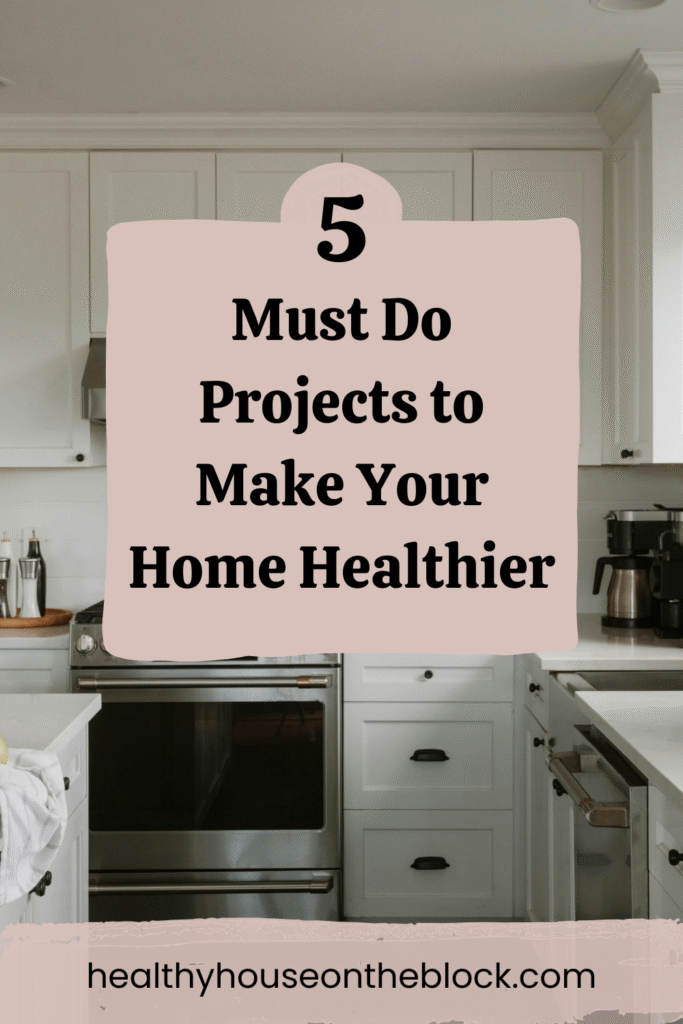
Simple Daily Steps Toward a Healthier House
You don’t have to renovate your entire house to see improvements. These practical daily steps can make a big impact on your healthy house journey:
Morning Routine:
- Open windows daily for 10-15 minutes (when outdoor air quality is good) to flush out stale indoor air
- Check humidity levels and adjust as needed
- Run exhaust fans when cooking or showering
Throughout the Day:
- Switch to natural cleaning products like white vinegar, baking soda, and plant-based soaps
- Leave shoes at the door to avoid bringing toxins, pesticides, and outdoor pollutants inside
- Use doormats both inside and outside to trap contaminants
Evening Habits:
- Run air purifiers in bedrooms while sleeping
- Ensure proper ventilation in bathrooms after showers
- Keep humidity levels stable with proper HVAC operation
Weekly Maintenance:
- Vacuum with HEPA filtration, including upholstery and mattresses
- Wash bedding in hot water
- Clean exhaust fan filters and replace HVAC filters as needed
- Add houseplants that support better air quality (though they’re a supplement, not replacement, for proper ventilation)
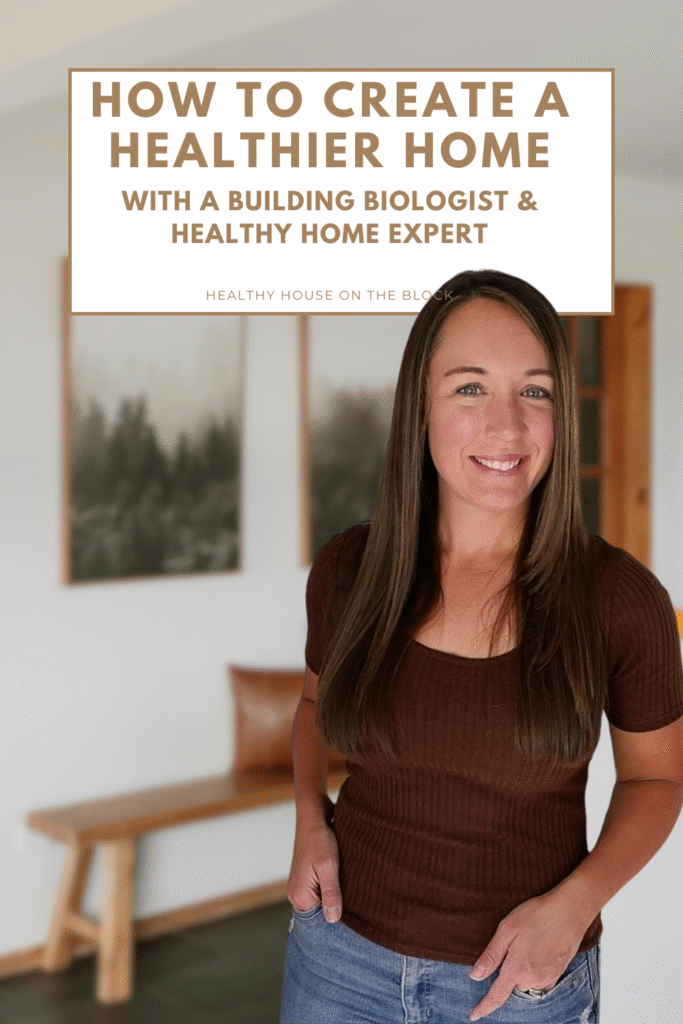
Planning Ahead: Bigger Projects for a Healthy House
If you’re ready to make larger, long-term changes, these investments will significantly improve your healthy house status:
Flooring and Surfaces
- Replace carpet with hardwood, bamboo, or natural tile to reduce allergen accumulation
- Choose natural fiber area rugs that can be easily washed
- Install non-toxic, water-based floor finishes
Water Quality Improvements
- Install a whole-house water filter to reduce chlorine, heavy metals, and other contaminants
- Consider a point-of-use filter for drinking water with additional purification
- Test well water annually if applicable
HVAC and Ventilation Upgrades
- Upgrade to an HVAC system with an ERV (energy recovery ventilator) for consistent fresh air exchange
- Install bathroom fans with humidity sensors for automatic operation
- Add a whole-house air purifier with HEPA and activated carbon filtration
Appliance Transitions
- Switch from gas to electric appliances to eliminate combustion byproducts indoors
- Choose ENERGY STAR certified appliances that operate more efficiently
- Install proper ventilation for any remaining gas appliances
Building Materials for Future Projects
- Use non-toxic building materials like low-VOC plywood, water-based finishes, and lime plaster in renovations
- Choose solid wood furniture over composite materials
- Select low-emission insulation materials like wool or cellulose
Creating Your Healthy House Action Plan
To avoid feeling overwhelmed, prioritize your healthy house improvements based on impact and budget:
Phase 1 (Immediate – Low Cost):
- Test for radon and address if necessary
- Switch to natural cleaning products
- Improve ventilation habits
- Add HEPA air purifiers to key rooms
Phase 2 (Short-term – Moderate Cost):
- Replace HVAC filters with high-efficiency options
- Address moisture problems and mold issues
- Deep clean and organize to reduce dust accumulation
- Install exhaust fans where needed
Phase 3 (Long-term – Higher Investment):
- Replace flooring in high-traffic areas
- Upgrade appliances to electric alternatives
- Install whole-house water filtration
- Consider HVAC system improvements
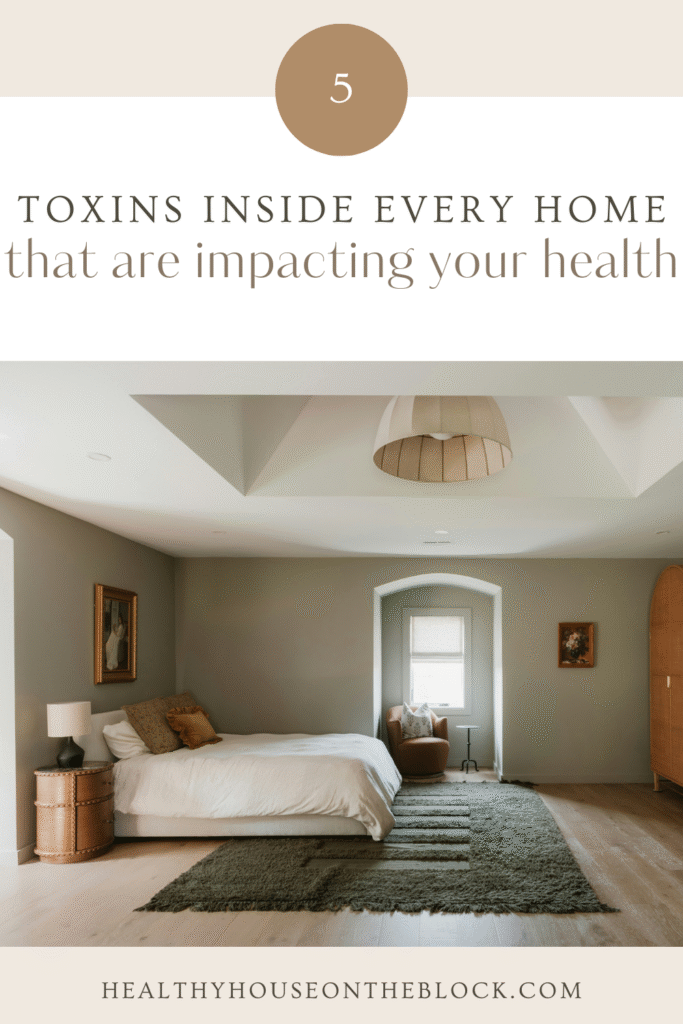
Take the First Step With the Free Home Detox Challenge
Transforming your house into a healthy home doesn’t have to be overwhelming. The key is knowing which steps make the biggest impact right away and building sustainable habits that support your healthy house goals long-term.
That’s why I created my Free 5-Day Home Detox Challenge. In just five days, you’ll learn the must-do steps to:
- Cut down indoor toxins quickly and effectively
- Improve your home’s air and water quality with simple changes
- Start building the foundation of a healthy house—without expensive renovations
- Create a sustainable maintenance routine that keeps your home healthy year-round
👉 Join here: Free 5-Day Home Detox Challenge
Your home should be the place that helps you thrive—not the place that makes you sick. When you commit to creating a healthy house, you’re investing in better sleep, improved respiratory health, increased energy levels, and overall wellbeing for you and your family.
Remember, every small step toward a healthier house matters. You don’t need to implement everything at once, but starting with the basics—better ventilation, natural cleaning products, and moisture control—can make an immediate difference in how you feel at home.
Start today and make your house a truly healthy house that supports your family’s wellness for years to come.
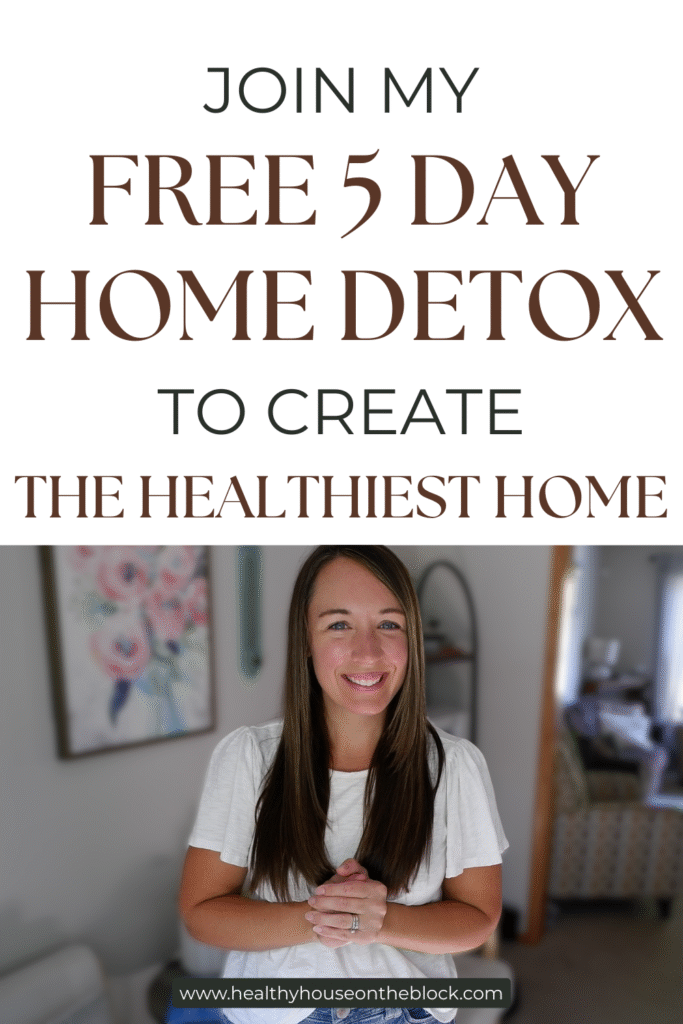
Share this:
- Click to share on Facebook (Opens in new window) Facebook
- Click to share on LinkedIn (Opens in new window) LinkedIn
- Click to share on Reddit (Opens in new window) Reddit
- Click to share on Pinterest (Opens in new window) Pinterest
- Click to print (Opens in new window) Print
- Click to share on X (Opens in new window) X




